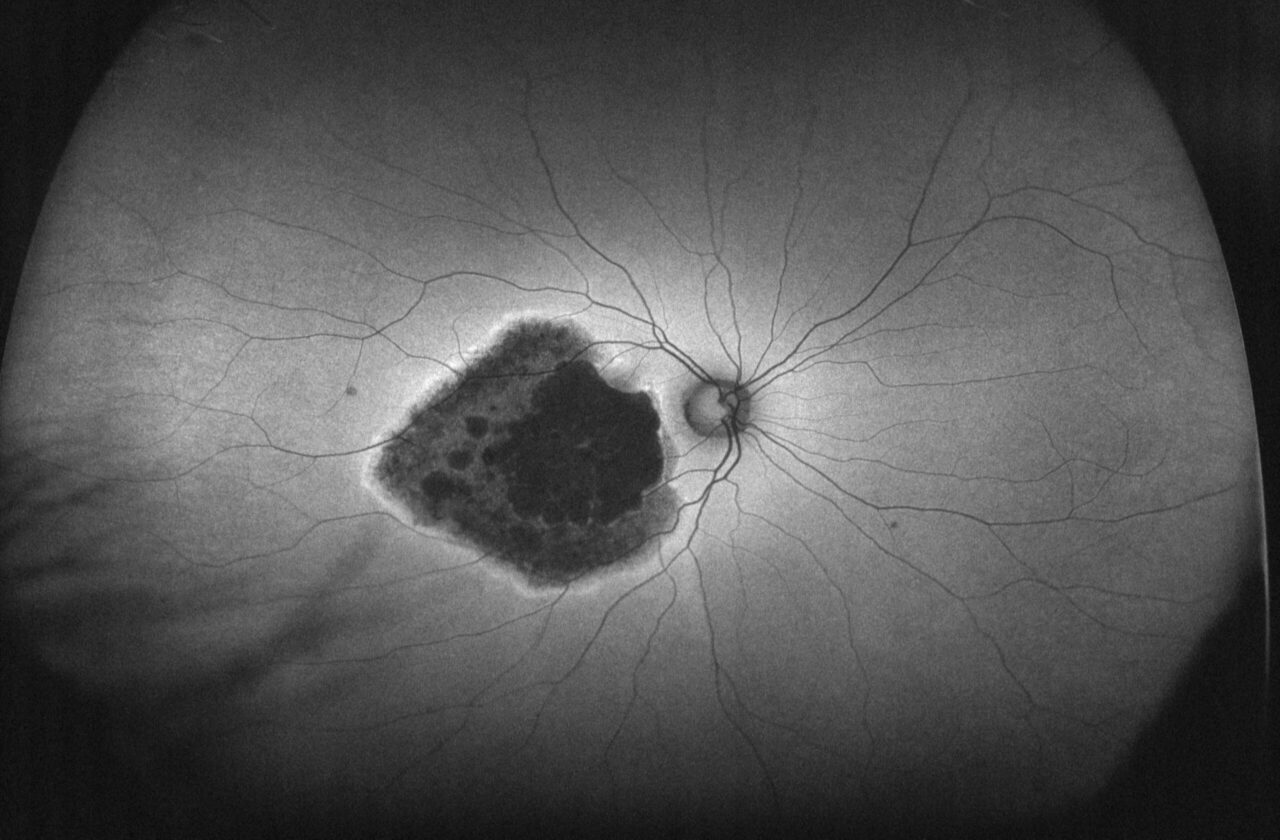Eye diseases
Stargardt disease

What is Stargardt disease?
Stargardt disease is an ophthalmological disease similar to age-related macular degeneration (AMD), but that is not linked to ageing but to genetic factors. In fact, it is also know as juvenile macular degeneration, as it causes the progressive deterioration of the macula or central part of the retina. It is in this area where the photoreceptor cells responsible for detailed vision and the perception of colours known as cones) are mostly concentrated and that start to die as a result of the disease.
Included in the group of hereditary retinal dystrophies, it is the most frequent of those affecting the macula, although it remains a rare or minority disease (present in 1 in every 10,000 people).
Symptoms
Causes and risk factors
Treatment
Stargardt disease often starts to show before the age of 20, normally in childhood or adolescence, and gradually progresses. The destruction of the photoreceptors in the macula leads to dark areas in the central part of the field of vision and a progressive loss of visual acuity, with repercussions on activities such as reading or studying- If you have this disease, you will often have difficulties in seeing the smaller details and in distinguishing similar colours, or in focusing in different lighting conditions.
The speed of progression and the final degree of damage vary from one patient to another, but certain visual acuity and good peripheral vision is normally preserved.
